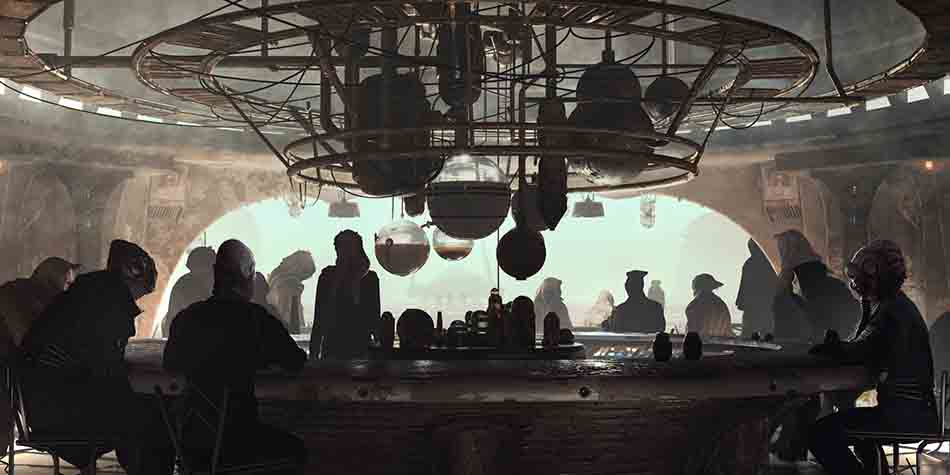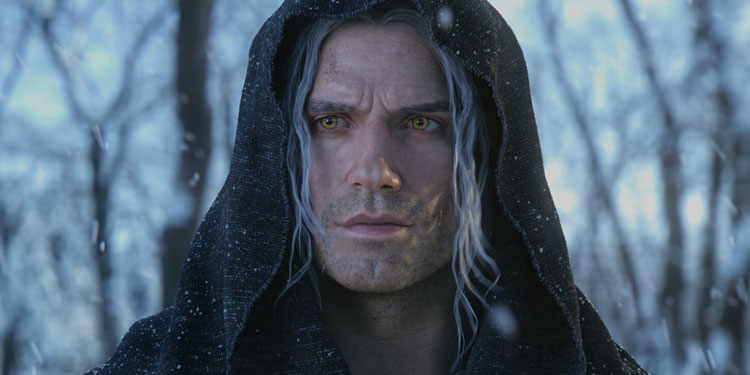In this exclusive interview, we delve into the captivating journey and insights of Stijn Windig, a seasoned concept artist whose evolution from traditional fine arts to pioneering digital realms has been nothing short of inspiring. With a blend of whimsy and dedication, Stijn’s artistic voyage has seen him traverse through various mediums and styles, carving a niche for himself in the vibrant world of digital art.
Join us as we uncover the story behind his artistic roots, his creative process, notable projects, and invaluable advice for aspiring artists.
Background and Inspiration
Can you tell us a bit about your journey into digital art?
I was born in 1974, so I started out in fine arts, as digital was not a thing yet. I always drew a lot as a kid and was encouraged by my parents. My hero was my uncle, Rene Windig, who is a comic artist. I studied fine arts at the royal academy of arts in the Hague, with the goal of becoming a fantasy artist, like Larry Elmore or Frank Frazetta.
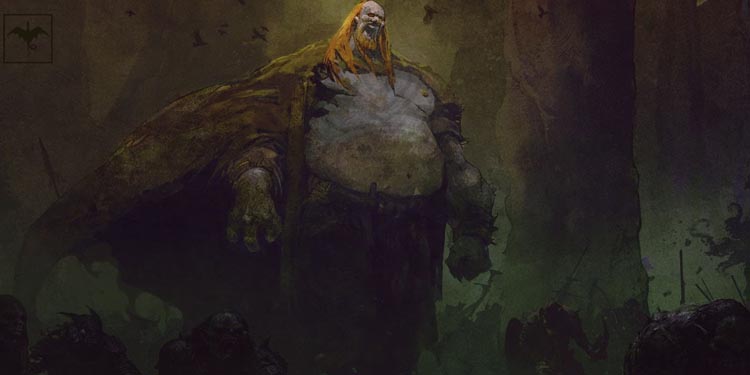
At the end of my studies at the royal academy of the arts at the Hague, the graphics department had purchased a room full of macs and commodore amiga computers. Both teachers and students were a bit stymied about what to do with these machines, and I was the only one interested in them.
I spent about a year learning Dpaint on the amiga and Photoshop v02 on the macs, by myself. It was great, as I was left alone to mess about with this new way of making images. I’ve enjoyed learning new software ever since.
What inspired you to become a digital artist?
In my final year at the academy, I went to the animation festival in Annecy with a good friend. I was exposed to an early animation test of Toy Story 1, and a French production called ‘INSECTORS’.
I was super fascinated by how cool 3D animation looked and resolved to learn how I could do it.
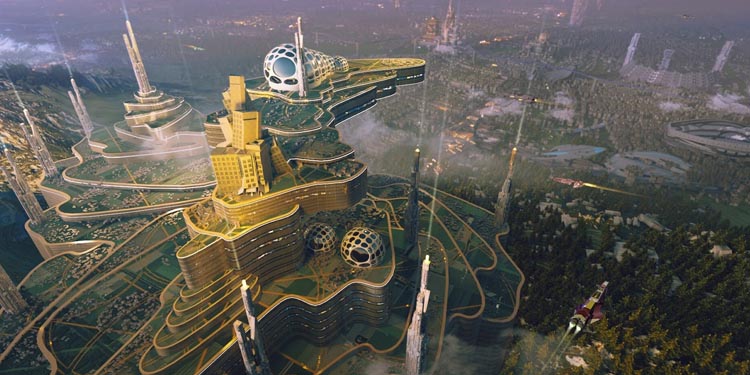
In the years that followed, I studied animation and, with my friend Michiel Krop, started a 3D animation company in Amsterdam, called Lemonade, named after the amiga graphics demo group that Michiel was a part of. We ran the company for about 10 years, after which I crossed over to concept art.
Who are some of your artistic influences and favorite artists (digital or otherwise)?
On the non-digital front, I am influenced by artists such as Moebius, Bernie Wrightson, Ian Miller, Bekzinski, Geoff Darrow, and the ‘old school’ production designers, like Ralph McQuarrie and, of course, Syd Mead. In the digital realm, Craig Mullins, Julien Gauthier, Pascal Blanche and Pjotr Jablonski are inspirations.
Lately, I’m really enjoying the animated series ‘Scavengers Reign’. I keep watching it and discovering new things that I’d missed before. It’s an absolute masterpiece, both in execution/style and storytelling.
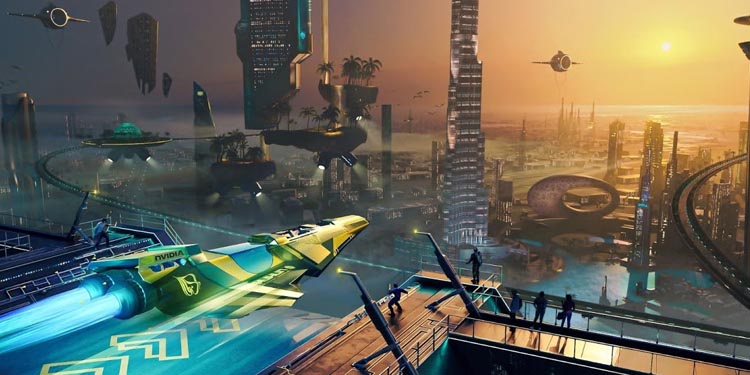
As an artist based in Castricum, Netherlands, are local art scenes, events, or communities particularly inspiring your personal creations?
The Playgrounds Art Festival is always fun and inspiring, and a meeting ground for old and new friends.
Creative Process
Could you describe your typical creative process from ideation to completion?
I’ll separate the process for personal work and for commercial work, because they’re quite different. Coming from a traditional fine arts background, my personal process is deliberately random, messy and erratic compared to client work. This is where I indulge in whims, take side paths that may lead nowhere, try out new techniques, and generally just try to have fun with it without any clear, preconceived goal. There’s a general direction, but the goal is to both entertain and possibly surprise myself.
You might call this ‘art’ as opposed to ‘entertainment design’, which has a clear goal and process.
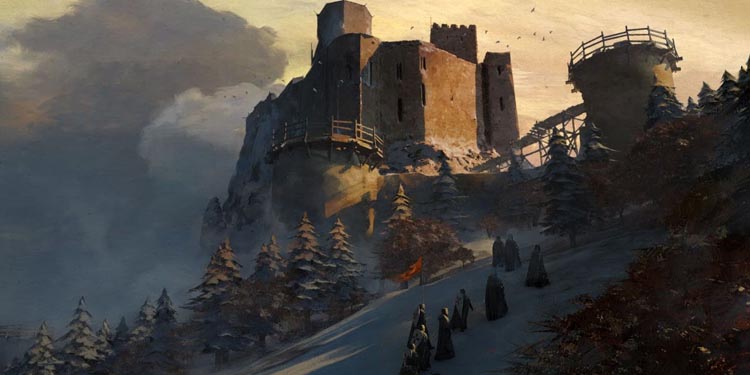
A lot of the time, I don’t end up with a finished piece, but I may have found new areas of interest, or learned something on the way. This is where the fun is, and where new ideas and workflows are born.
With commercial work, there is a timeframe and an expectation from the client or employer, so the workflow must be as tight and efficient as possible. In this case, my process is very similar to most other concept artists nowadays. After receiving the brief, It generally starts with some reference image gathering, then proceeds with some sketches and a feedback round.
When the idea / sketches are approved, I usually go into 3D and model or kitbash the scene, adjust camera angles and lighting, render it out and paint or photobash in photoshop. The 3D scenes vary from very simple to super complex, depending on the brief and budget. I may go back and forth between 3D and 2D a couple of times, but this is by necessity a linear and art directable process.
There are some process videos here:
https://www.stijnwindig.com/projects/B1nOB6?album_id=561506
https://www.stijnwindig.com/projects/EVwvL4?album_id=561506
Do you have any favorite software, tools, or techniques that you rely on in your work?
I use Blender for most things 3D, with side quests to ZBrush. I also really like 3D sculpting in VR, mostly with Medium, because it’s so simple and intuitive. Gravity Sketch is great too. For personal work, I quite enjoy the ‘Rorschach trick’ of making random marks and layering textures in photoshop until I see something emerging from the chaos.
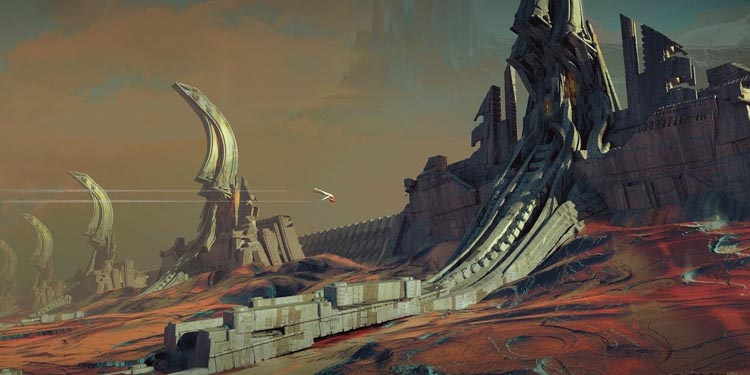
How do you stay motivated and overcome creative blocks?
I go outside as much as possible. Right now, I’m very much into freediving. I dive on a single breath in Dutch lakes with my freediving friends. (I prefer tropical waters but they’re expensive to get to…) I used to kitesurf fanatically, and before that, skateboarding. I try not to look at screens too much outside of work.
I read a lot, and listen to audiobooks and narrative podcasts. Meditation is a constant factor as well.
Styles and Themes
Many digital artists have a unique style. How would you describe your artistic style and the themes you often explore in your work?
I honestly don’t know. ‘Whimsical’, maybe?
Is there a recurring message or story you try to convey through your designs?
Not consciously. If I could communicate a sense of wonder, that would be nice.
“Kamigawa: Neon Dynasty Official Cinematic – Magic: The Gathering” Project
Let’s dive into a specific project of yours. Can you share some details of Human Character WorksKamigawa: Neon Dynasty Official Cinematic – Magic: The Gathering?
I was asked by Unit Motion Design, a motion design studio based in Paris, to work on this. I had already worked with them before, and it has always been a very smooth and productive collaboration. The art director, François-Côme du Boistesselin, is very good and knows what the project needs, so my feedback was always clear and on point.
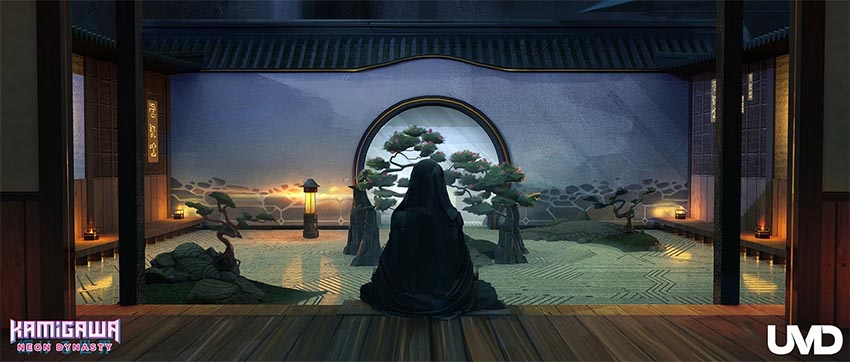
It’s always really cool to see the end result of these trailers, and because the production time is relatively short, I could share my work pretty quickly, which is nice as well.
Actually, I worked on another really cool project with them last year that I’m waiting for permission to post some art of.
What is the story behind this project?
It’s a trailer for the Kamigawa world for Magic: the Gathering. The environments should reflect the merger of Japanese tradition and technology, so it’s a bit of a mix between old style Japanese temples and architecture and a neon Cyberpunk aesthetic.
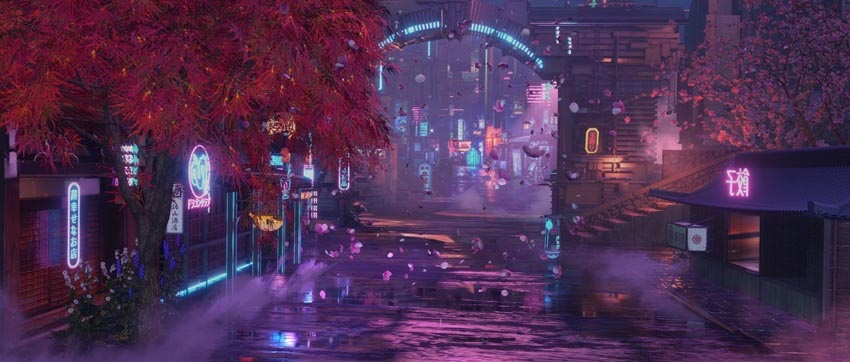
I really like both so it was super fun to work on. I did environment design. There’s an undercity and a top city, and I designed both views. I also did some keyframes for the dragon chase sequence, and when the concept phase was finished, I did some actual production modeling work for the 3D team.
There is also a location with a Japanese garden and a bonsai tree, where a masked monk character is sitting. I did design on those, too. We tried some variations of the typical Japanese patterns in the sand in the garden, mixing historical patterns with circuitry.
Can you describe the key elements and techniques used in this project?
Techniques and processes were generally pretty straightforward, very 3D-heavy in this case. I basically modeled and shaded everything. I used the EEVEE renderer in Blender a lot, rather than cycles, partly because I wanted to see how far I could push it, and partly because there was a lot of Neon in most of the sets. EEVEE has a way of presenting glowing neon that I liked. For background details, I used ‘cards’, a trick where you use a 3D plane with an image and an alpha on it, instead of 3D geometry. This helps keep the polycount down and speeds up the workflow.
Using a near-real time 3D renderer also allowed me to make quick camera movement animation tests that I sent to UMD, which helped them visualize the animatic.
- Also read our interview with Renato Montoro, Motion Designer and 3D Artist.
Challenges and Achievements
Every artist faces challenges. Can you tell us about a specific artistic challenge you’ve overcome and how you did it?
As previously mentioned, I had a 3D animation company, Lemonade, for 10 years, and then crossed over to doing concept art.
Ending the 3D company was difficult, and was largely due to the financial crisis in 2008. Initially I did not want to stop, and I was in financial trouble when I finally did leave. I had recently bought a house, (right before the crisis hit) and I had a family with 2 young kids. I suffered from severe anxiety about being able to provide for my family, and jobs were scarce.
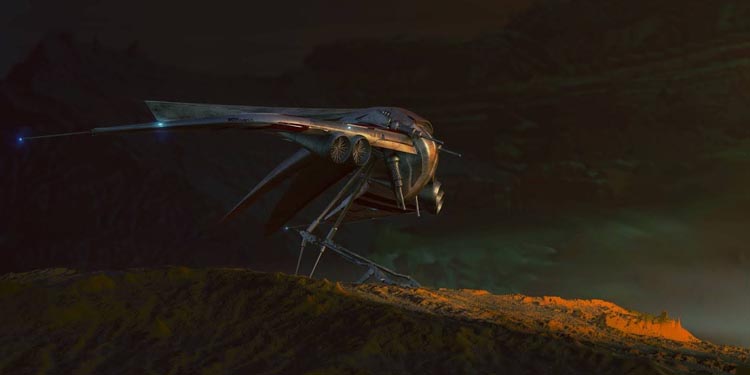
Given the situation, the safer path would probably have been to get a job at an advertising agency or something similar. I’d worked with advertising agencies a lot with Lemonade, and I had some contacts there, but frankly, I was totally sick of advertising in general and working with agencies in particular.
Even though there were rough times, I resolved to, when given the choice, always choose the job that was the most artistically fulfilling, rather than the job that paid well. Of course, this did not help with the financial situation, but I’m lucky to have a wonderful wife who always supported my career choices.
I struggled for about 7 years doing that, working as a freelance 3D generalist and learning about concept art, slowly making the transition, finding new clients and markets without any real contacts in the concept art world. This was a slow grind, but I enjoyed seeing my work improve, and finally got enough work to completely let go of commercial 3D work.
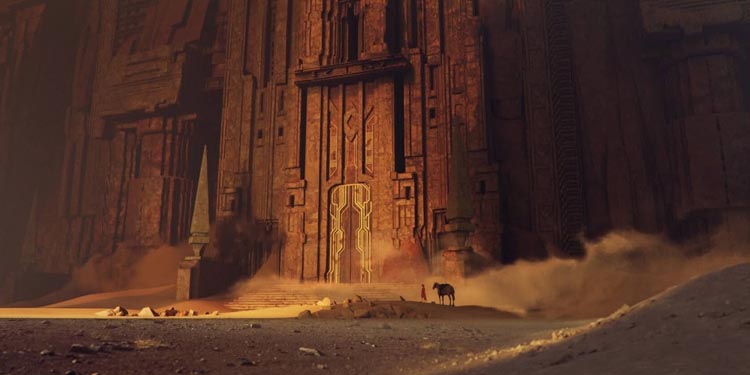
What’s been one of your most significant achievements or milestones in your artistic journey?
Frankly, overcoming the challenges described in the previous question are a real milestone for me.
Additionally, in 2017, I started working with the Dutch artist Rosto, (https://www.rostoad.com/) a guy that always inspired me to no end. I did a couple of shots for his film ‘RERUNS’, and I did concept work for what was to be his masterpiece, a film called ‘Mind My Gap’. It was my most challenging concept art job ever to this day, but also the freakiest in terms of the story and content. He kept pushing me to go weirder! 🙂 Sadly Rosto passed away in that period, but working with him and the designs that I did for Mind My Gap still make me proud. The film still exists in my mind.
Advice for Aspiring Artists
What advice do you have for aspiring digital artists just starting their creative journey?
Draw from life as much as humanly possible, using a pencil and a sketchbook. Don’t compare your work to stuff you see online. Follow your personal fascinations relentlessly and without compromise.
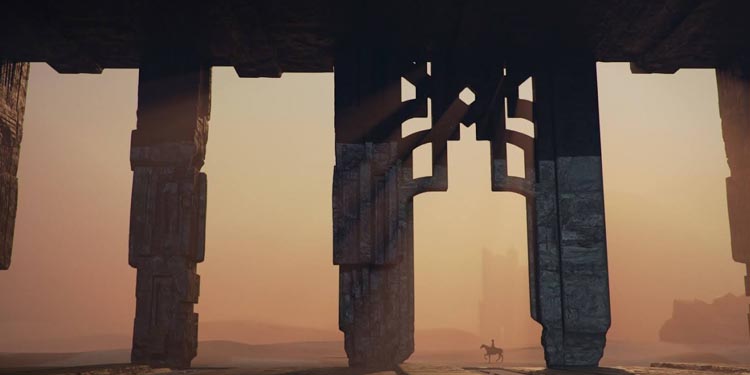
When entering the marketplace: separate personal work from client work, and keep in mind that commercial art is a business, not a hobby or a vocation.
Being reliable and fun to work with will get you more jobs than being the best in your field.
How do you balance your artistic pursuits with other aspects of life, like work and family?
Hah! 😉
Actually, right now my work/life balance is super balanced, because I’ve been employed by Krafton Europe for the past year. I leave my work at the office. Before that, I was always freelance, which means there was no distinction between my work and the rest of my life whatsoever.
Not that this was such a bad thing per se, I’m disciplined and focused when I’m working, which means that I’m efficient when it comes to deadlines. This left me with enough free time to pursue other things, so I would go kitesurfing when there was wind, or go for a long walk or swim when the muse was out fishing…
Only when there were really tight deadlines or overlapping jobs, I’d have to crunch and work nights and such.
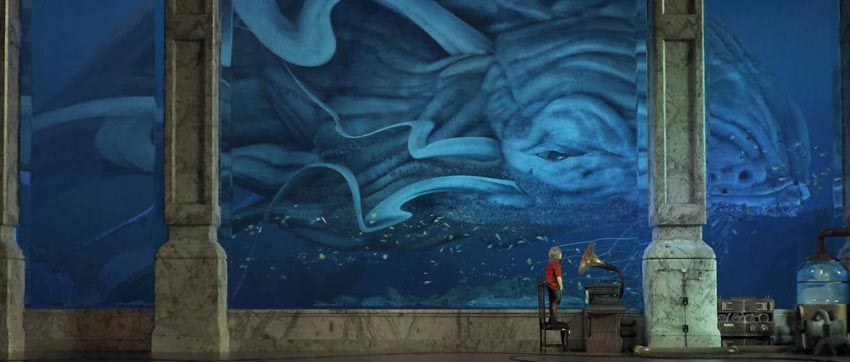
Future Goals
What are your future artistic goals, or is there a particular project or theme you’d like to explore in the future?
I think I’ll go back to doing animation again at some point. I’m super inspired by the wave of really good animation in the past couple of years. Spider Verse, Scavengers Reign, Arcane, Blue-eyed samurai, Undone… I’m happy that the medium has finally outgrown the ‘just for kids’ stigma, and I still want to do something interesting in it.
Do you have any upcoming exhibitions, collaborations, or projects you’d like to share with your audience?
I wish I did, but working for a large video game company means that all my work is NDA, and apart from the sporadic Artstation image, I’m not doing any significant personal art at the moment.
Conclusion
Stijn Windig’s narrative is not just a testament to artistic versatility but also a profound reflection of resilience and passion in the face of challenges. From his exploratory ventures into digital art during the nascent stages of technology to his pivotal roles in groundbreaking projects like the Kamigawa: Neon Dynasty Official Cinematic for Magic: The Gathering, Stijn continues to push the boundaries of creativity with his eclectic style and unwavering dedication.
As he embarks on future endeavors, including a potential return to animation, Stijn’s journey serves as an inspiration for aspiring artists, reminding us all to follow our passions relentlessly and embrace the unpredictable yet rewarding paths of artistic expression.
Stay updated on Stijn Windig’s artistic journey by visiting his Website, Instagram, and ArtStation. Witness how he continues to redefine the realm of digital art with his unique creativity and unwavering dedication.
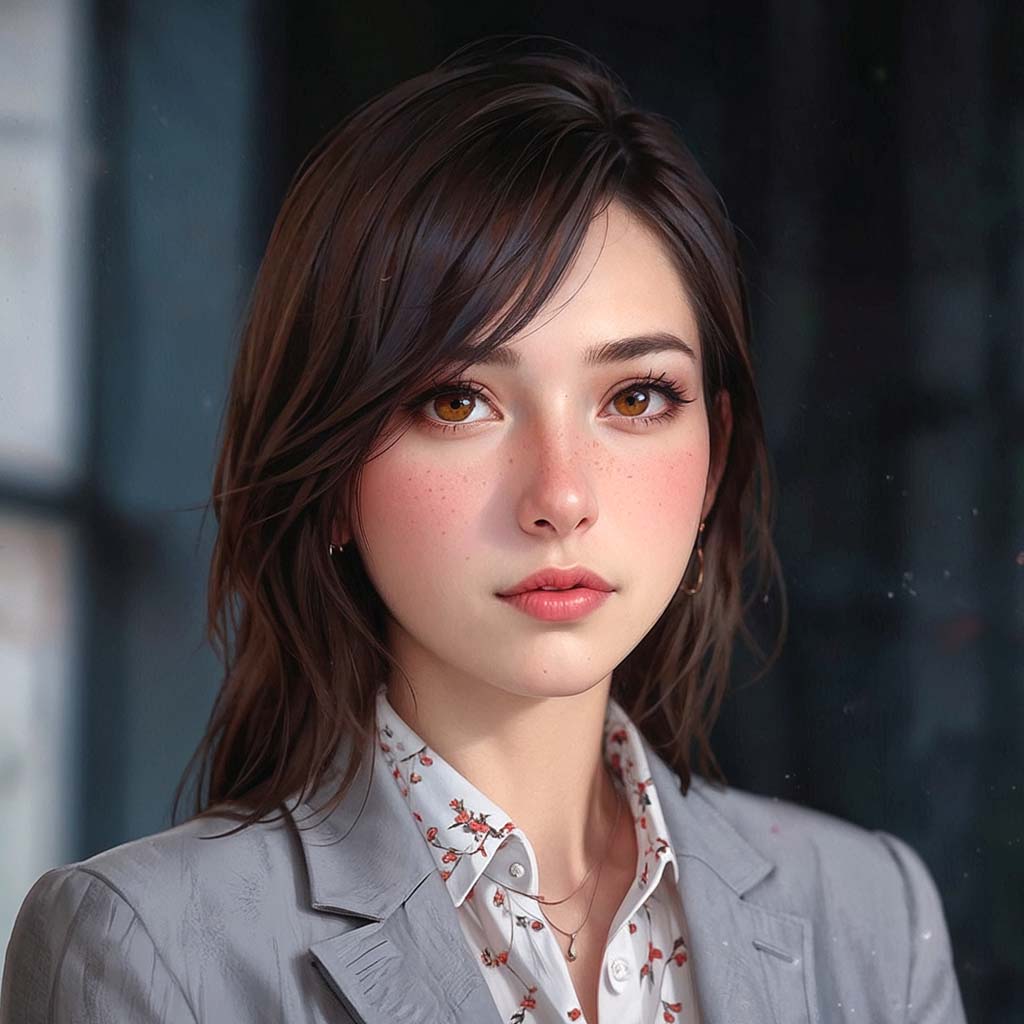
Ana is a Content Manager at Vertex Mode, where she blends storytelling with digital expertise to create engaging content.
